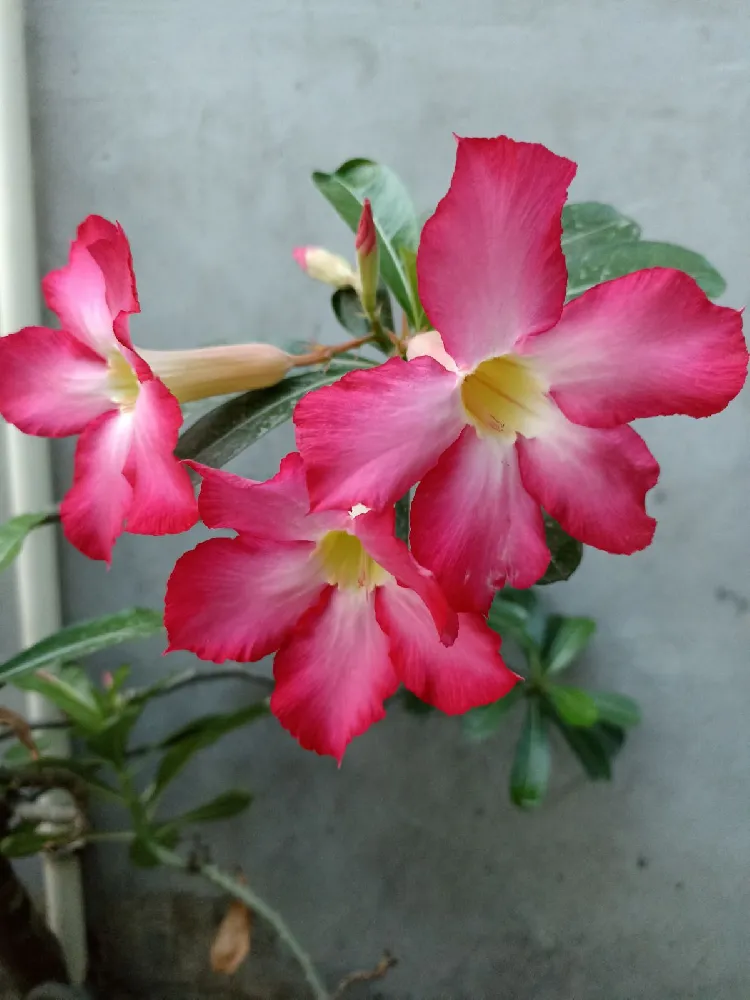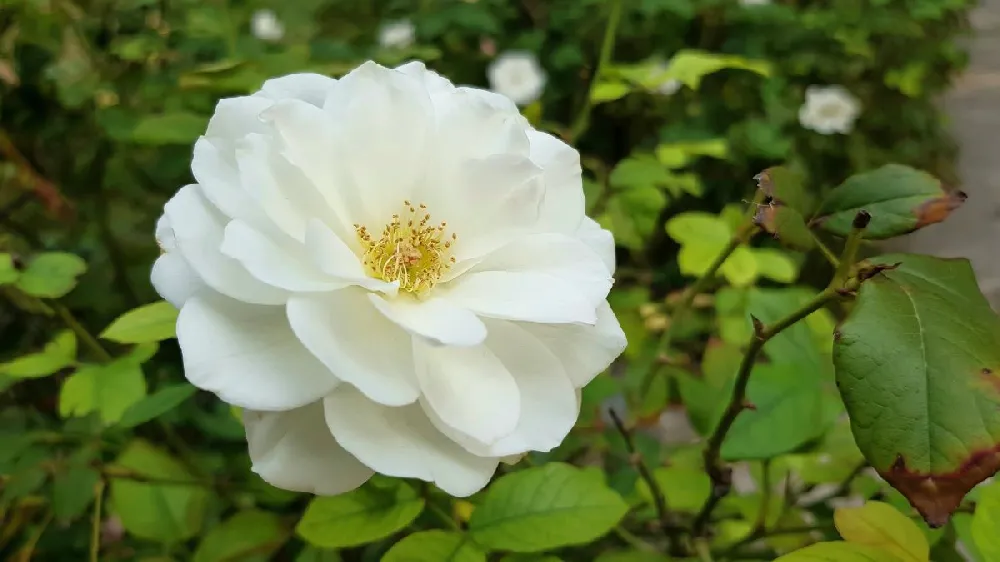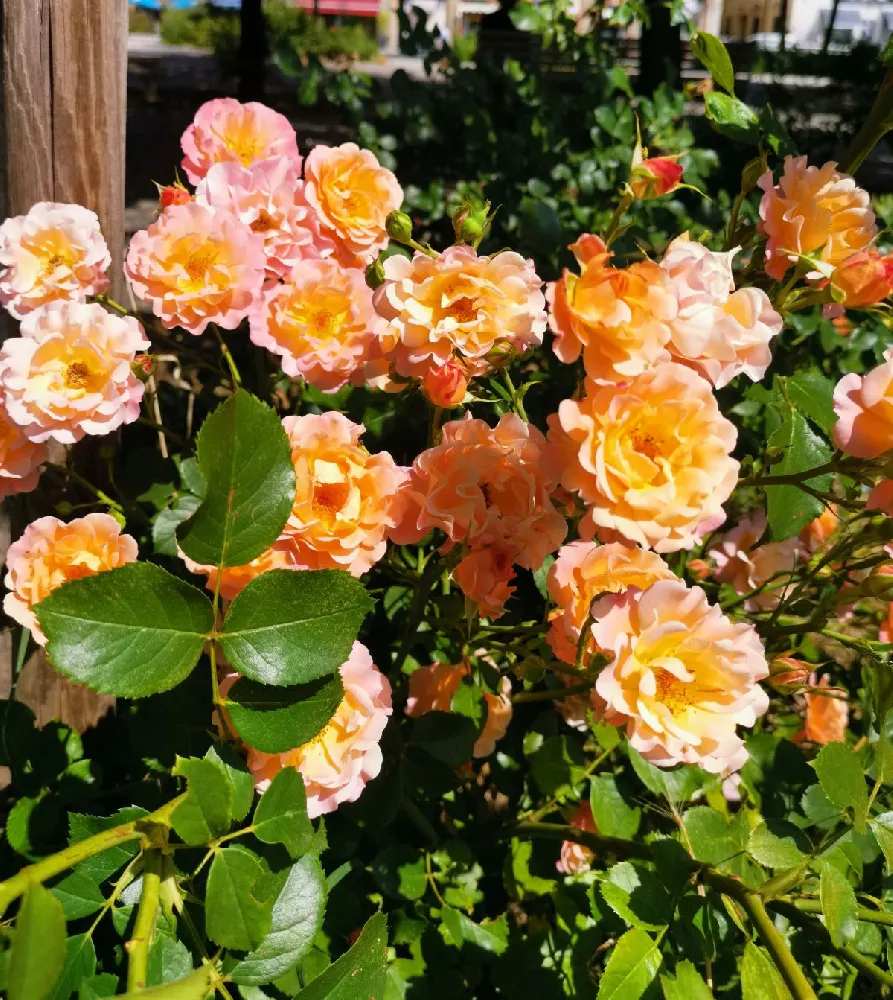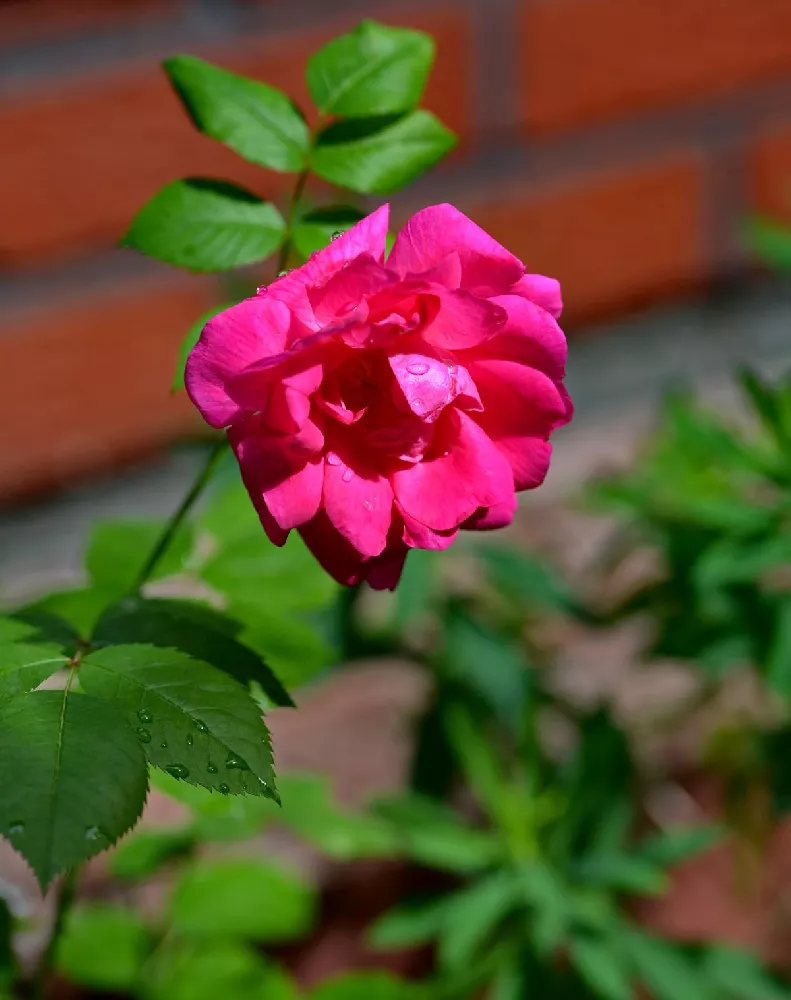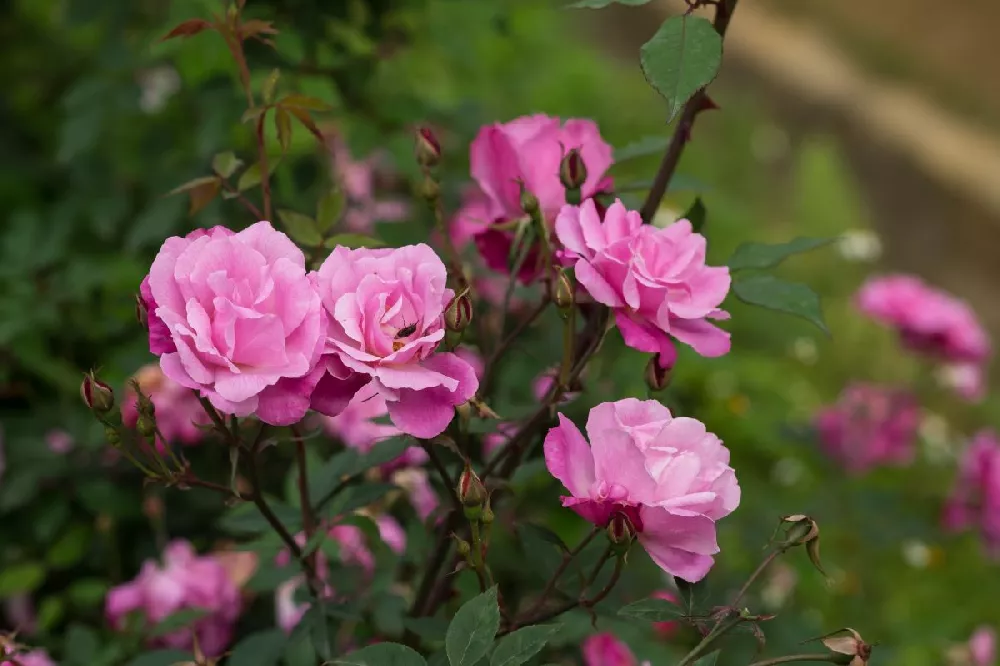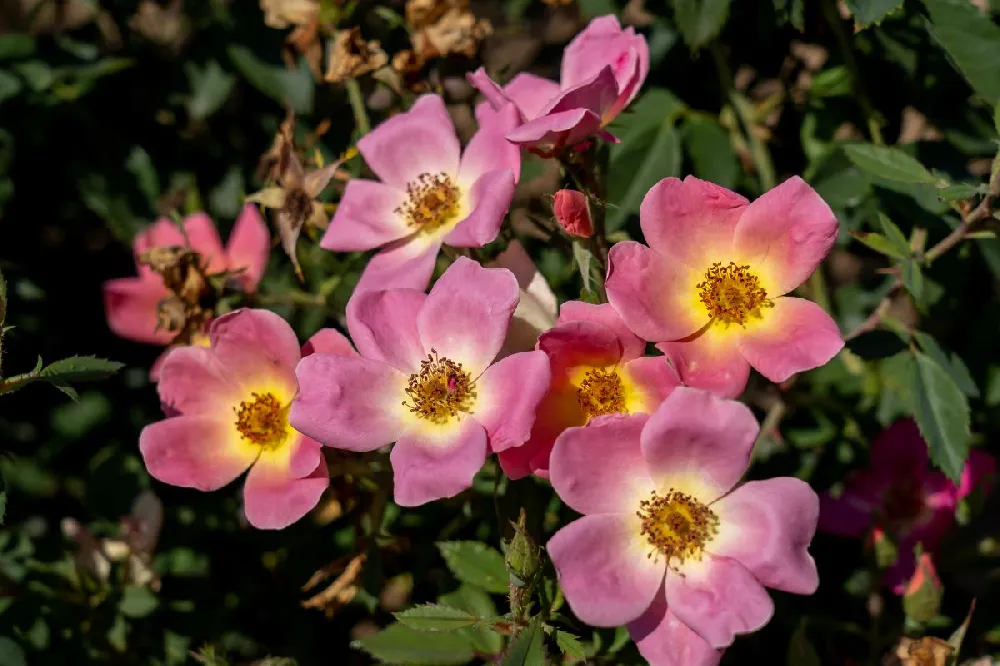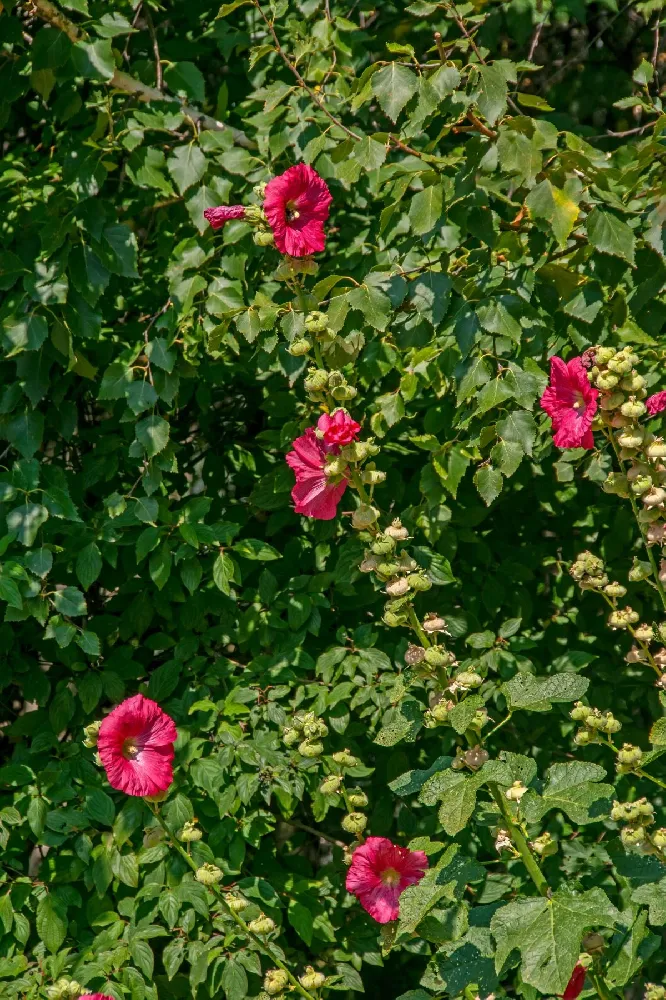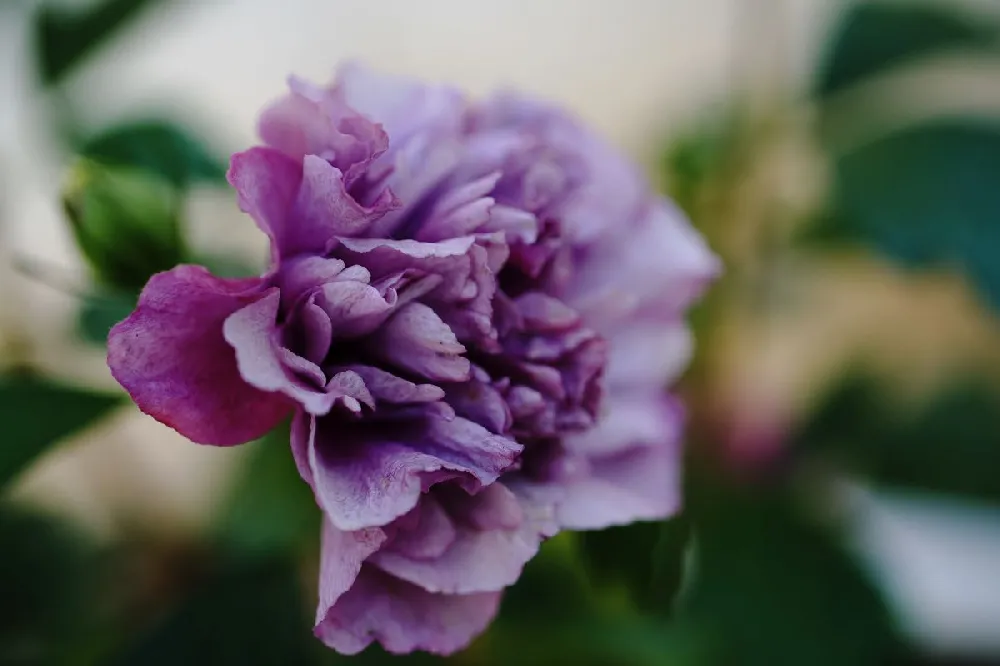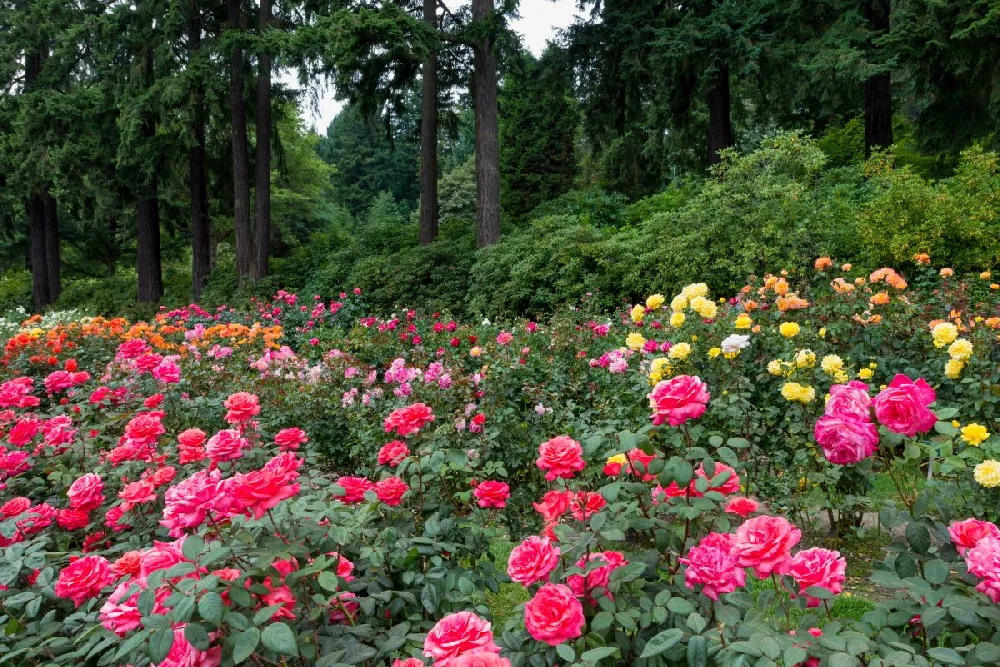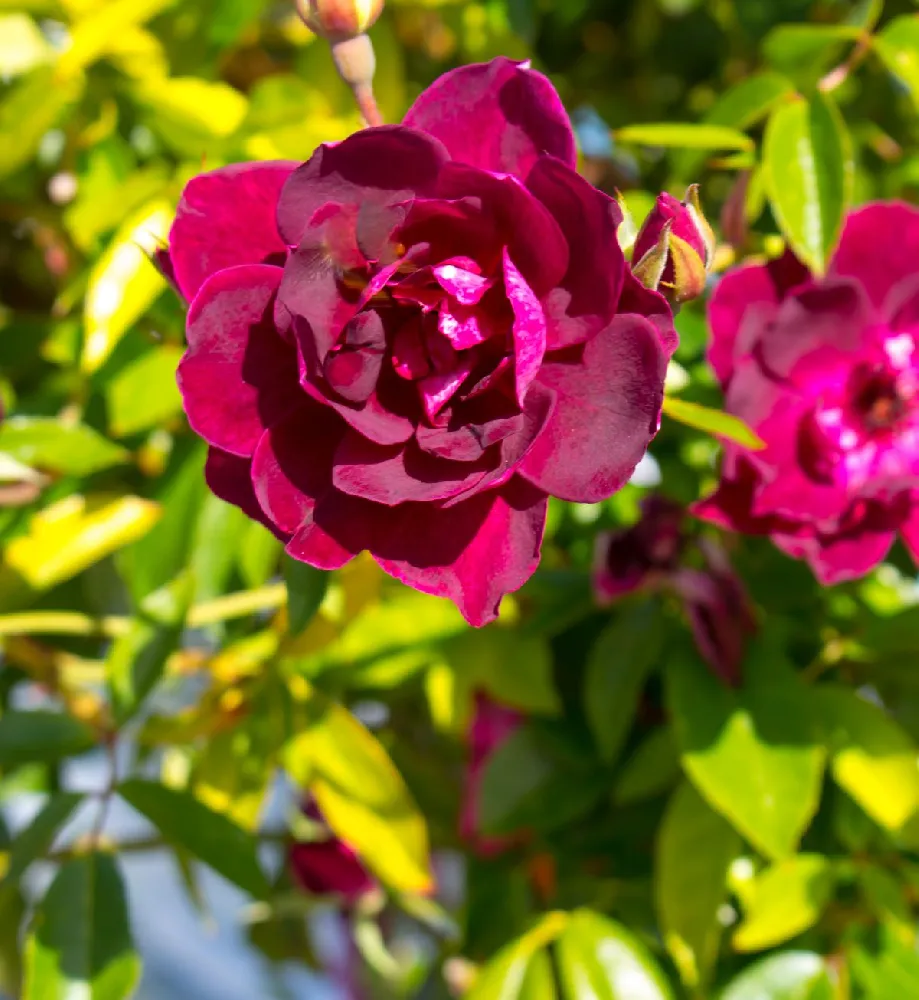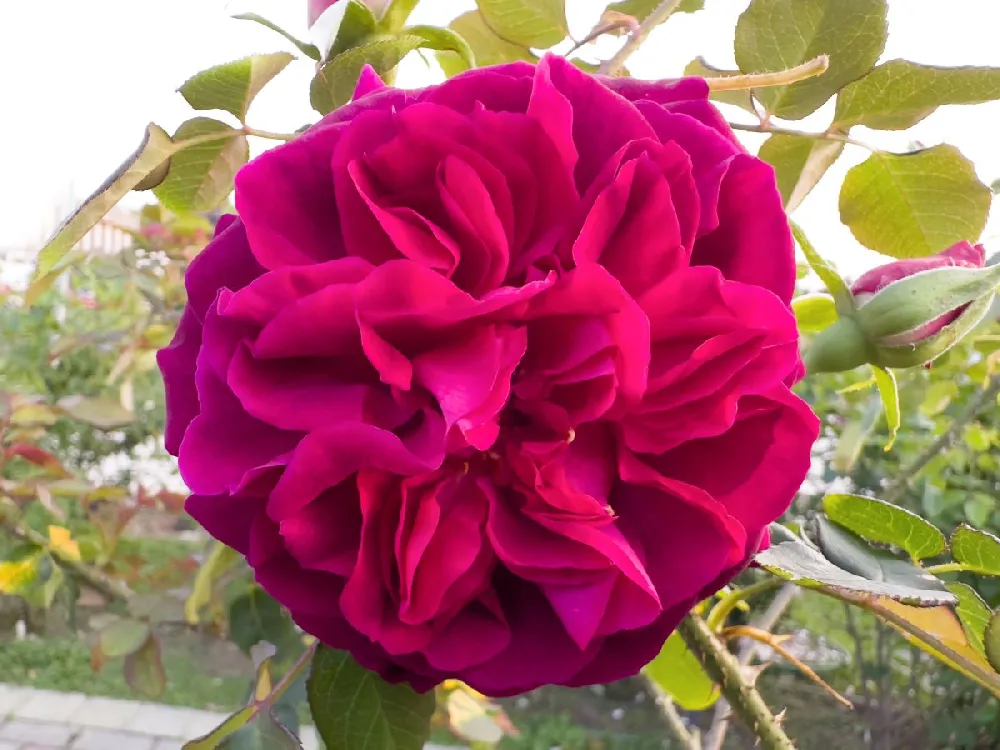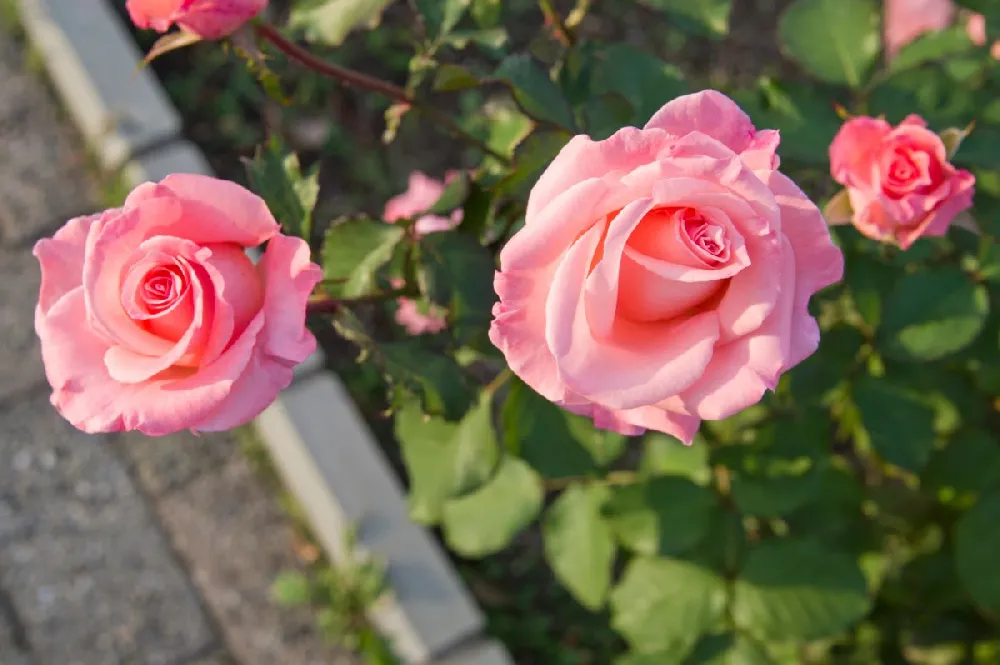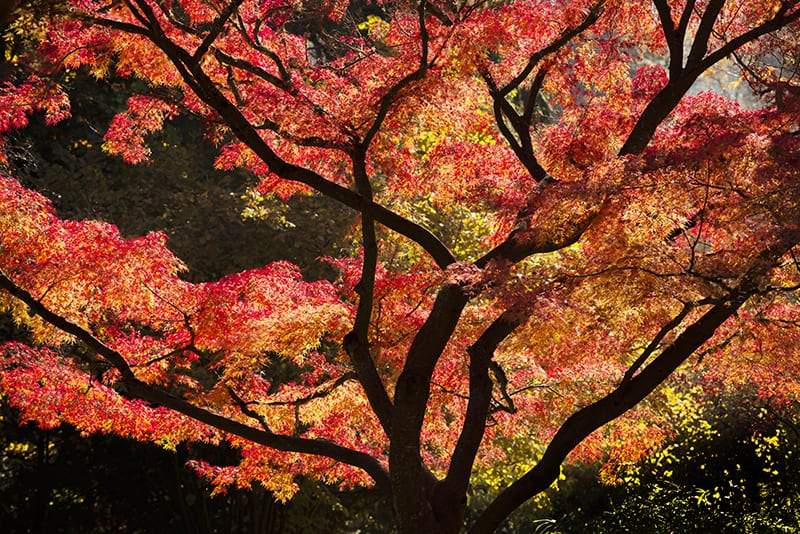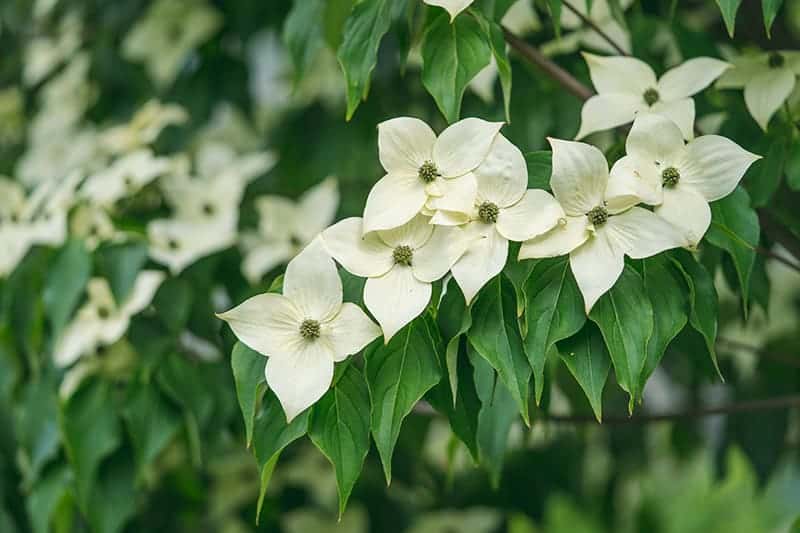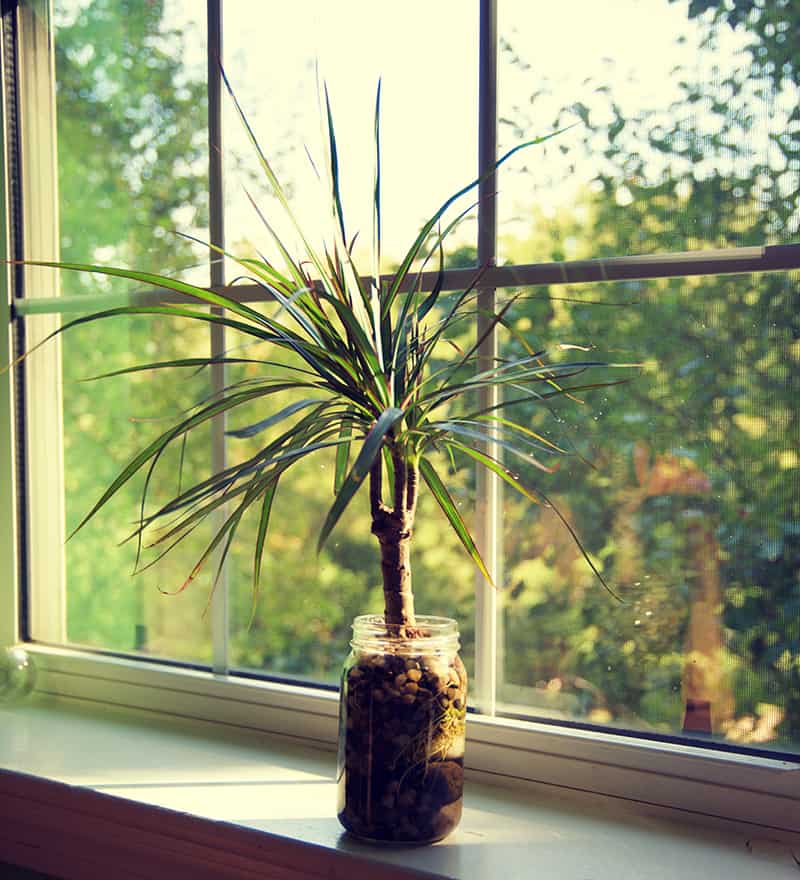- Home >
- Rose Trees
Rose Trees for Sale - Buying & Growing Guide
22 Results
-
Growing Zone(s): 3-11 / 10-11$59.95
$119.95Save up to 50% -
Growing Zone(s): 5-10$92.95
$159.95Save up to 41% -
Growing Zone(s): 4-9$144.95
$199.95Save up to 27% -
Growing Zone(s): 5-10$99.95
$114.95Save up to 13% -
Growing Zone(s): 5-10$89.95
$99.95Save up to 10% -
Growing Zone(s): 4-11$114.95
$119.95Save up to 4% -
Growing Zone(s): 5-9$114.95
$144.95Save up to 20% -
Sold OutGrowing Zone(s): 5-8$78.95
-
Sold OutGrowing Zone(s): 6-10$199.95
-
Sold OutGrowing Zone(s): 6-10$239.95
-
Sold OutGrowing Zone(s): 5-9$239.95
-
Sold OutGrowing Zone(s): 6-10$129.95
How to Grow Rose Trees
How to plant rose trees
Choose a site for your rose tree that has fertile soil with full sun (at least six hours a day). Plant your rose trees three to five feet apart. In northern climates, plant them in containers that can be taken inside in the winter. Rose trees are generally hardy from USDA hardiness zones 7-9 since the grafted areas are susceptible to cold, but check your plant’s tag as some can be grown in zone 6, or even 5.
Unwrap, or unpot your plant, and tease out all encircling roots. Keep the root ball in a bucket of water while preparing the planting site. Dig a hole that is a little deeper and twice as wide as the root ball, and dig some well-rotted compost or manure and about a half cup of bone meal in the bottom of the hole. Place your plant in the center of the hole and fill it in around it with topsoil that has been amended with compost.
Tamp down the soil around your plant to eliminate air pockets, and water deeply. Place a strong stake, or two, near the trunk and attach loosely. Apply a three inch layer of organic mulch around the rose tree, being careful that it does not touch the trunk.
How to achieve maximum results
Roses of any kind are not the easiest plants to grow, and they have a reputation for being divas in the garden. They really do not deserve this reputation and are happy to reward a nurturing gardener with glorious blooms throughout the summer. To achieve maximum results with your rose tree, follow any directions on the plant tag carefully. Roses do not like wet feet, but they do appreciate consistent water throughout the growing season, and careful attention paid to their pruning needs.
How to Care for Rose Trees
Watering and nutrients
Some rose trees thrive with supplemental watering every few days, others can go a week or more with no water. When the leaves start to wilt, it can use a good drink. It will probably need about an inch of water a week, either from rain or supplemental watering.
Roses are heavy feeders. Feed rose trees in their first year with a slow-release, general fertilizer, according to package directions, adding in about half a cup of bone meal. A quarter cup of Epsom salts sprinkled around the root zone will help with leaf and cane growth.
For established roses, feed every two to four weeks, beginning in spring and continuing until six to eight weeks before your first frost. Use a product formulated for roses or landscape plants. When your rose tree is in a container, you may need to do light feedings more frequently since the fertilizer will leach out when you water.
Pollination
Rose trees are pollinated by butterflies, bees, and other insects, as well as hummingbirds and even wind. All roses are monoecious, meaning that the flowers have both male and female structures, so you do not need more than one plant for pollination to occur.
Pruning
Do a heavy pruning of your rose tree in early spring, before bud break. Prune out dead, damaged, and diseased canes, as well as any that rub against each other, point downward, or lack vigor. Trim away all branches that make the center of the tree too congested. You want light, and air, to be able to circulate throughout the tree. Prune most canes back to about a foot long, or less, working toward a pleasing shape overall. Always trim back to a larger cane, and try to keep your cuts at a 45 degree angle from the cane you are pruning to.
Pests and diseases
Common pests include aphids, Japanese beetles, leaf cutter bees, and spider mites. Insecticides and miticides may be applied. When you are growing organically, you can hand-pick off beetles, and a good blast of water may disrupt aphids. Ladybugs, which can be purchased online, can also help control insect populations.
Diseases of the rose tree include black spot, rust, and powdery mildew, which are fungal diseases. These are common, but there are resistant varieties available. Regular application of a fungicide is also beneficial. Botrytis blight can affect your rose tree, an application of neem oil may be enough to control it, but if not, move to a copper fungicide.
